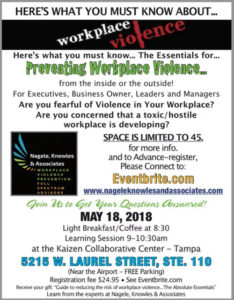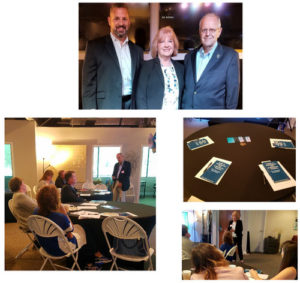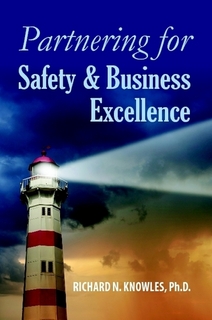Every now and then a major disaster occurs in high-consequence industries like chemical manufacturing, petroleum production, refining, and aviation.
These disasters tend to be low-frequency events, which often look like some big surprise just happened. A lot of people get killed and severe damage to their facilities, their customers and the environments results. Often things looked like they were going fine just before the disaster strikes.
 For example, the workers on the Deepwater Horizon drilling platform received good recognition for outstanding occupational safety performance (the slips, trips and falls sorts of incidents) just a day or two before the explosion on April 20, 2010, that killed 11 people and injured 17 others. The pressures from top management to get into production led to failures of their process safety management (PSM) systems and processes. Communications were limited because management did not want to hear of more problems; they were driving the production schedule. The fine occupational safety performance masked the PSM deficiencies which are more subtle and invisible to upper managers, unless they are keenly aware of the needs for excellent PSM.
For example, the workers on the Deepwater Horizon drilling platform received good recognition for outstanding occupational safety performance (the slips, trips and falls sorts of incidents) just a day or two before the explosion on April 20, 2010, that killed 11 people and injured 17 others. The pressures from top management to get into production led to failures of their process safety management (PSM) systems and processes. Communications were limited because management did not want to hear of more problems; they were driving the production schedule. The fine occupational safety performance masked the PSM deficiencies which are more subtle and invisible to upper managers, unless they are keenly aware of the needs for excellent PSM.
Part of being keenly aware is getting out of their offices and into the field looking, listening, talking with the people, and learning what is really going on. The gap between PSM-as-imagined and PSM-as-done was huge. When the pressures for production begin to overwhelm the safety systems, red flags need to be raised. The culture needs to be one where people can bring up problems and challenge the pressures without sacrificing their careers.
Another example occurred at the DuPont Belle, West Virgina plant (now Chemours) where I was the plant manager. I used the Partner-Centered Leadership (PCL) approach when I was there. I spent 5 hours a day in the plant looking, listening, talking with the people, and helping to build higher standards and performance. Along with all our other improvements, our occupational safety and ergonomics injury rates (Total Recordable Case Rate (TRC) dropped by over 97% to about 0.3 and emissions to air, water and land (a measure of our PSM performance) dropped by over 95%.
When I was transferred, the people close to the actual work continued to self-manage themselves with all we had learned about PCL, and their TRC stayed around 0.3 for 12 more years. However, the new managers that came after me used the traditional top-down approach and pulled lots of the PSM decision-making up to themselves. The TRC rates were so good that they left the people close to the work using PCL alone. The managers started to cut corners by limiting funds, cutting back on engineering support, letting inspection timelines slip, and the like. While the TRC looked great, the PSM was slowly rotting away and things fell apart.
They eventually had a series of disasters and an operator was killed. The managers hardly got out of their offices, lost contact with the people, let the standards slip and trust fell apart with the result that the gap between work-as-imagined and work-as-done became very wide. This sounds like the Deepwater Horizon pattern.
Safety in High-Consequence Industries
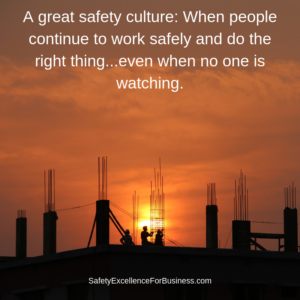 Now we have another example with the mess at Boeing and the 737 Max crashes. Top management was feeling the pressures for market share from Airbus and putting terrific pressures on cost reduction and faster production.
Now we have another example with the mess at Boeing and the 737 Max crashes. Top management was feeling the pressures for market share from Airbus and putting terrific pressures on cost reduction and faster production.
According to an April New York Times story, the people were forced to take short cuts, and about a dozen whistle-blower claims and safety complaints on things like defective manufacturing, quality problems, and debris left on planes were ignored. Training of pilots was shorted from 4 to 2 sessions in flight simulators. These problems went from the top of the organization all the way down. Now after two crashes 346 people are dead. There is a lot left in this story as it unfolds. Again, this pattern is like the first two stories.
In these high consequence industries, the top management needs to have a discipline of raising red flags when they are feeling the pressures to hurry up, cut costs and produce more. These pressures shutdown and destroy the communications, quality, and safety standards. This takes discipline and courage but that is the nature of the business. Leading businesses where there are high-consequence, low frequency events requires focus, skill and leading using the PLC approach.
When the system fails, it is not the top managers who get killed!
 One director of a large organization of various businesses was completely unaware of the problem among their members. This is amazing since the statistics show that problems like bullying and sexual harassment are occurring in way over 50% of the organizations in our country. Apparently none of the businesses in this organization feel it is important to think about and discuss.
One director of a large organization of various businesses was completely unaware of the problem among their members. This is amazing since the statistics show that problems like bullying and sexual harassment are occurring in way over 50% of the organizations in our country. Apparently none of the businesses in this organization feel it is important to think about and discuss.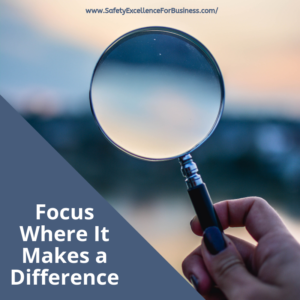 There seems to be an interesting disconnect here. OSHA does focus on falls, but what about roadway deaths and homicides? These are serious workplace problems as well. What about the whole problem of workplace violence that begins with the lack of respect (bullying, harassment), and that can lead to serious business problems like poor productivity, high absenteeism, fighting, injuries, murder, and suicide?
There seems to be an interesting disconnect here. OSHA does focus on falls, but what about roadway deaths and homicides? These are serious workplace problems as well. What about the whole problem of workplace violence that begins with the lack of respect (bullying, harassment), and that can lead to serious business problems like poor productivity, high absenteeism, fighting, injuries, murder, and suicide?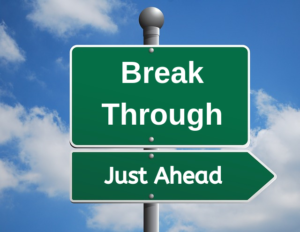 The way in which we think about and work with all the people is a key shift that is needed.Leading thinkers like Eric Hollnagel, Tom McDaniel, Beth Lay, Carl Stent, and Ron Gantt are searching for better, more effective ways of engaging with everyone to build on the good things people are doing.
The way in which we think about and work with all the people is a key shift that is needed.Leading thinkers like Eric Hollnagel, Tom McDaniel, Beth Lay, Carl Stent, and Ron Gantt are searching for better, more effective ways of engaging with everyone to build on the good things people are doing. A review of the Bureau of Labor Statics summary of fatal occupational injuries for 2011-2017 shows a 1% drop in fatalities from 2016 to 2017 to a total of 5,147 people having lost their lives at work. This is about 9% higher than the 4,693 people killed in 2011. The top three 2017 fatalities categories are roadway accidents totaling 1,299 (up 15% since 2011); slips, trips and falls totaling 887 (up 23% since 2011); and murders and suicides totaling 733 (up by only 2% since 2011).
A review of the Bureau of Labor Statics summary of fatal occupational injuries for 2011-2017 shows a 1% drop in fatalities from 2016 to 2017 to a total of 5,147 people having lost their lives at work. This is about 9% higher than the 4,693 people killed in 2011. The top three 2017 fatalities categories are roadway accidents totaling 1,299 (up 15% since 2011); slips, trips and falls totaling 887 (up 23% since 2011); and murders and suicides totaling 733 (up by only 2% since 2011).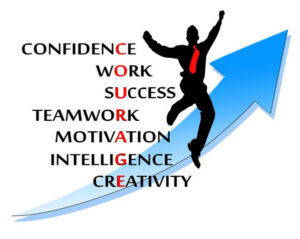 We need courageous leaders who focus on the people, change and the future. Leaders value sharing information, building trust and interdependence, and helping people to see how their job is important for the success of the whole venture.
We need courageous leaders who focus on the people, change and the future. Leaders value sharing information, building trust and interdependence, and helping people to see how their job is important for the success of the whole venture.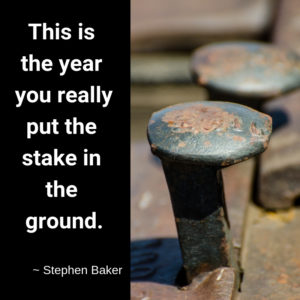 Go into your organizations listening to and talking with the people. Share your vision. Build trust and interdependence. Create safe spaces for people to talk with each other, to share and create the future. Everything will change. That is what I experienced at the Belle Plant.
Go into your organizations listening to and talking with the people. Share your vision. Build trust and interdependence. Create safe spaces for people to talk with each other, to share and create the future. Everything will change. That is what I experienced at the Belle Plant. It is a new year. Businesses have compiled their 2018 safety statistics. They are looking at economics and at people. Who was hurt during this past year? What have we put in place so that those injuries won’t happen again? What are we talking about together for betterment? How did our systems contribute to our successes or to the injurie/s? What was the presence and the strength of Leadership support like around those people who were injured? Where are we most vulnerable safety-wise? How can we lead more effectively? How can we have an even safer workplace in this new year, 2019? How can we help employees to become more aware, more safety vigilant? And thus more able to return to their families at the end of the shift whole – with arms, legs, toes, fingers, eyes, ears – all intact. (Leaders, are you asking these questions?)
It is a new year. Businesses have compiled their 2018 safety statistics. They are looking at economics and at people. Who was hurt during this past year? What have we put in place so that those injuries won’t happen again? What are we talking about together for betterment? How did our systems contribute to our successes or to the injurie/s? What was the presence and the strength of Leadership support like around those people who were injured? Where are we most vulnerable safety-wise? How can we lead more effectively? How can we have an even safer workplace in this new year, 2019? How can we help employees to become more aware, more safety vigilant? And thus more able to return to their families at the end of the shift whole – with arms, legs, toes, fingers, eyes, ears – all intact. (Leaders, are you asking these questions?) In our November Safety Newsletter, I wrote about Partner-Centered Leadership. This is the most effective way to improve safety performance. This way of leading also results in improvements in most other aspects of the business as trust and interdependence are built and the environment is safe for the open flow of information. A key aspect of this is working with the people.
In our November Safety Newsletter, I wrote about Partner-Centered Leadership. This is the most effective way to improve safety performance. This way of leading also results in improvements in most other aspects of the business as trust and interdependence are built and the environment is safe for the open flow of information. A key aspect of this is working with the people.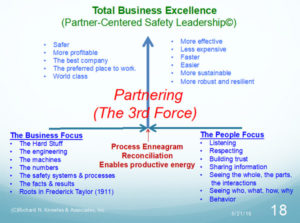
 The patterns at work are also changing as the business activities and demands are changing. There are not enough good, trained people to fill all the openings so the pressure on everyone is going up. Everything at work happens through people so it is critical that we keep everyone engaged in helping to achieve our successes. We need to open up the trust and build interdependence among everyone to keep the information flowing freely. It is clear how important genuine engagement is within our workplaces.
The patterns at work are also changing as the business activities and demands are changing. There are not enough good, trained people to fill all the openings so the pressure on everyone is going up. Everything at work happens through people so it is critical that we keep everyone engaged in helping to achieve our successes. We need to open up the trust and build interdependence among everyone to keep the information flowing freely. It is clear how important genuine engagement is within our workplaces.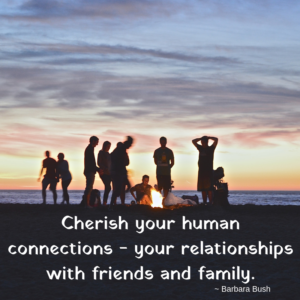 They are totally unconscious that they are an important part of networks at work and at home. Many are the bread winners and if they get hurt or killed, they will cause their loved ones terrible hurt and trouble. The indifference of so many people in supervisory or management positions to this sort of behavior is terrible.
They are totally unconscious that they are an important part of networks at work and at home. Many are the bread winners and if they get hurt or killed, they will cause their loved ones terrible hurt and trouble. The indifference of so many people in supervisory or management positions to this sort of behavior is terrible.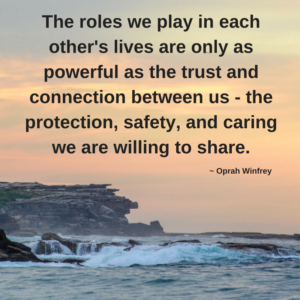
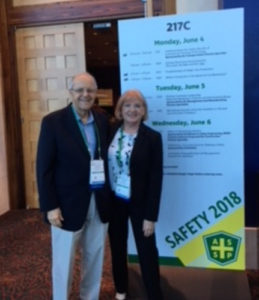 The rapid growth of active shooter incidents was one of the main areas of concern. The FBI and other experts gave talks about this, with their main focus on the active shooter incident itself. Most active shooter situations are conducted by men. Most of these occur in places of business. There is no typical profile for these people who come from all walks of life.
The rapid growth of active shooter incidents was one of the main areas of concern. The FBI and other experts gave talks about this, with their main focus on the active shooter incident itself. Most active shooter situations are conducted by men. Most of these occur in places of business. There is no typical profile for these people who come from all walks of life.